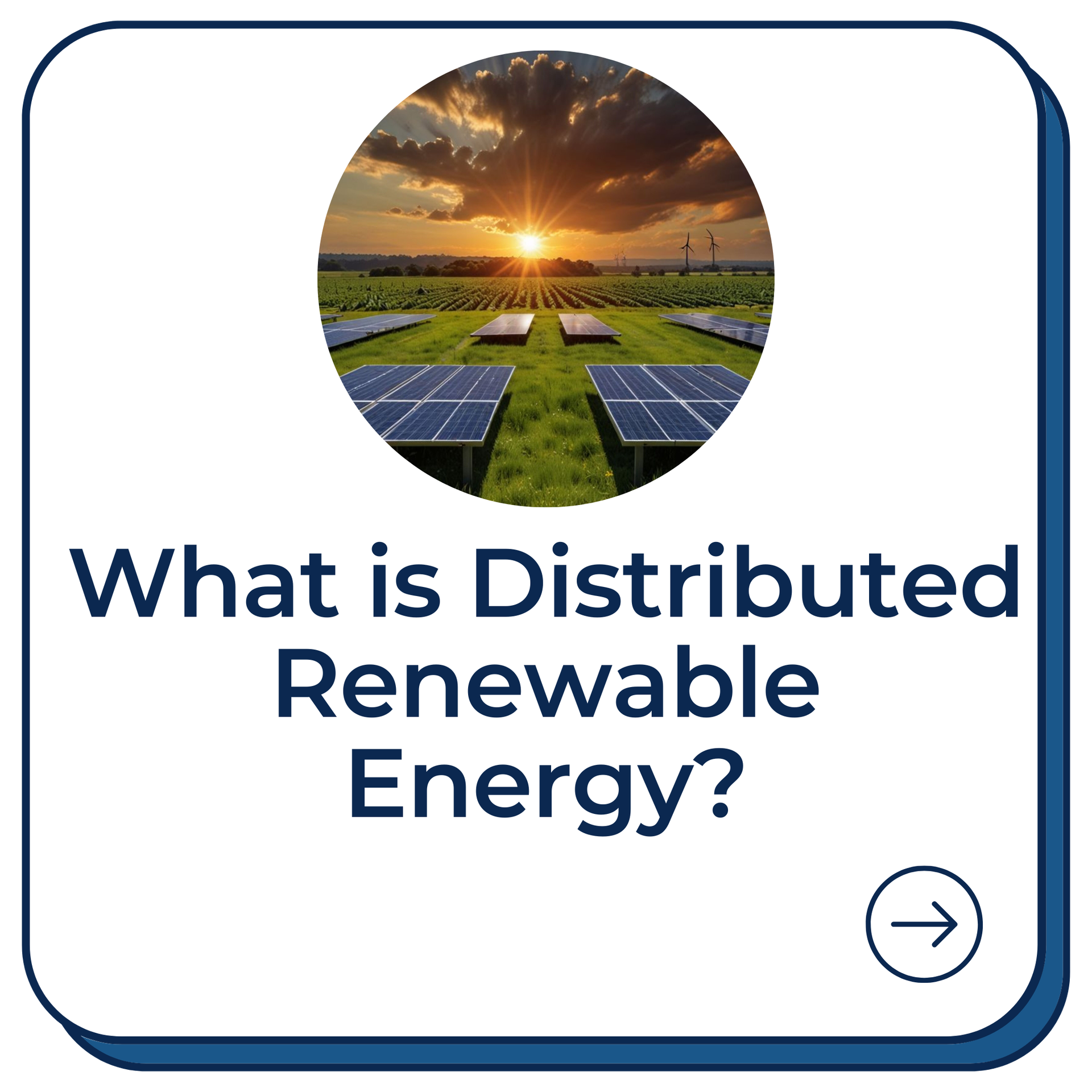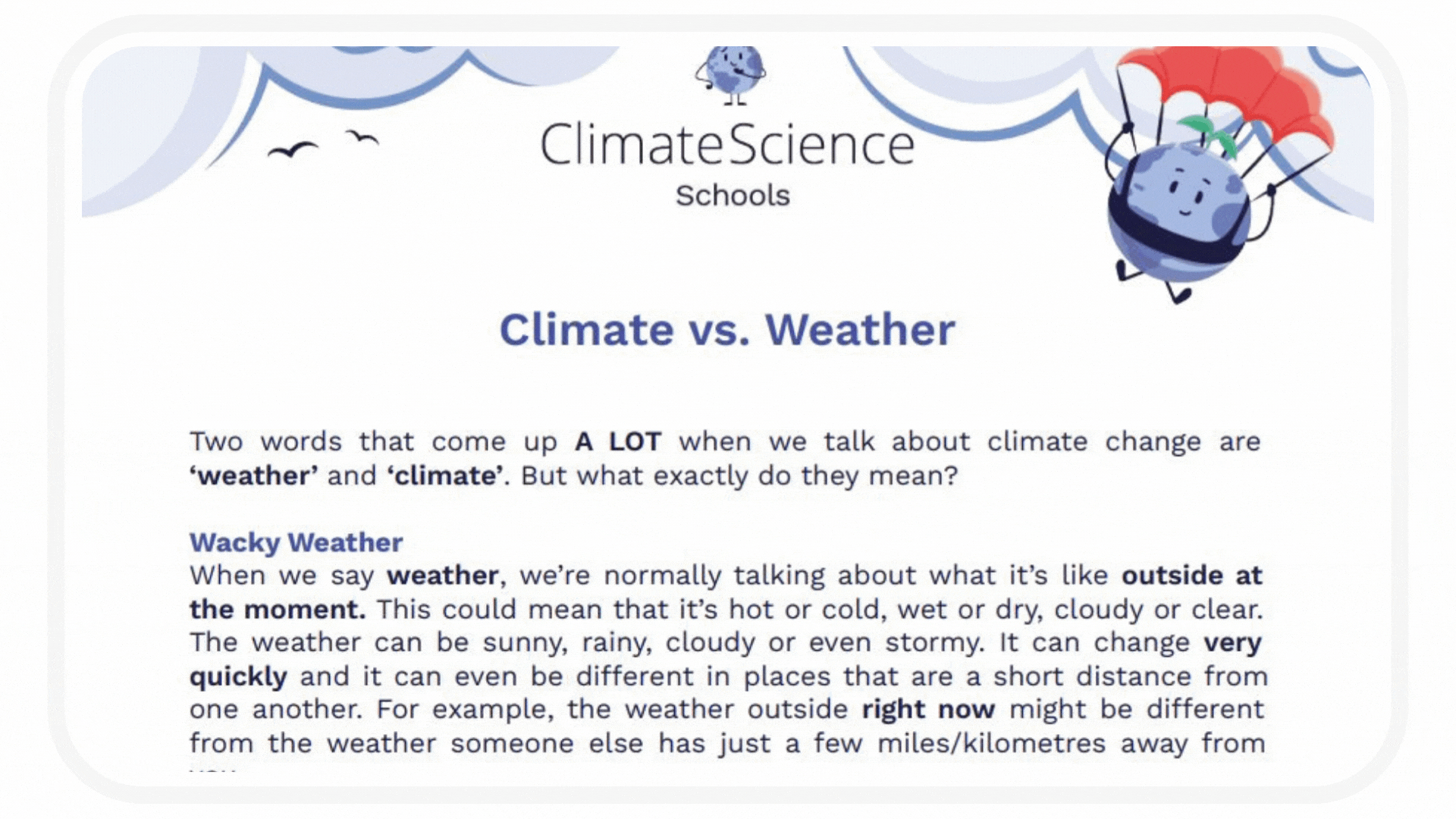Are you ready to tackle some new climate change topics with your students? These climate change teaching resources will help you confidently explore nine different concepts related to climate change with connections to a variety of subjects. There are two different resources provided for each topic, such as videos, activities, and interactive media—all of which have been specifically curated to engage your learners in some of the most crucial areas of climate change education. Whether you start with one topic or challenge yourself to dig into a few, your students will be expanding their climate change understanding.





















































